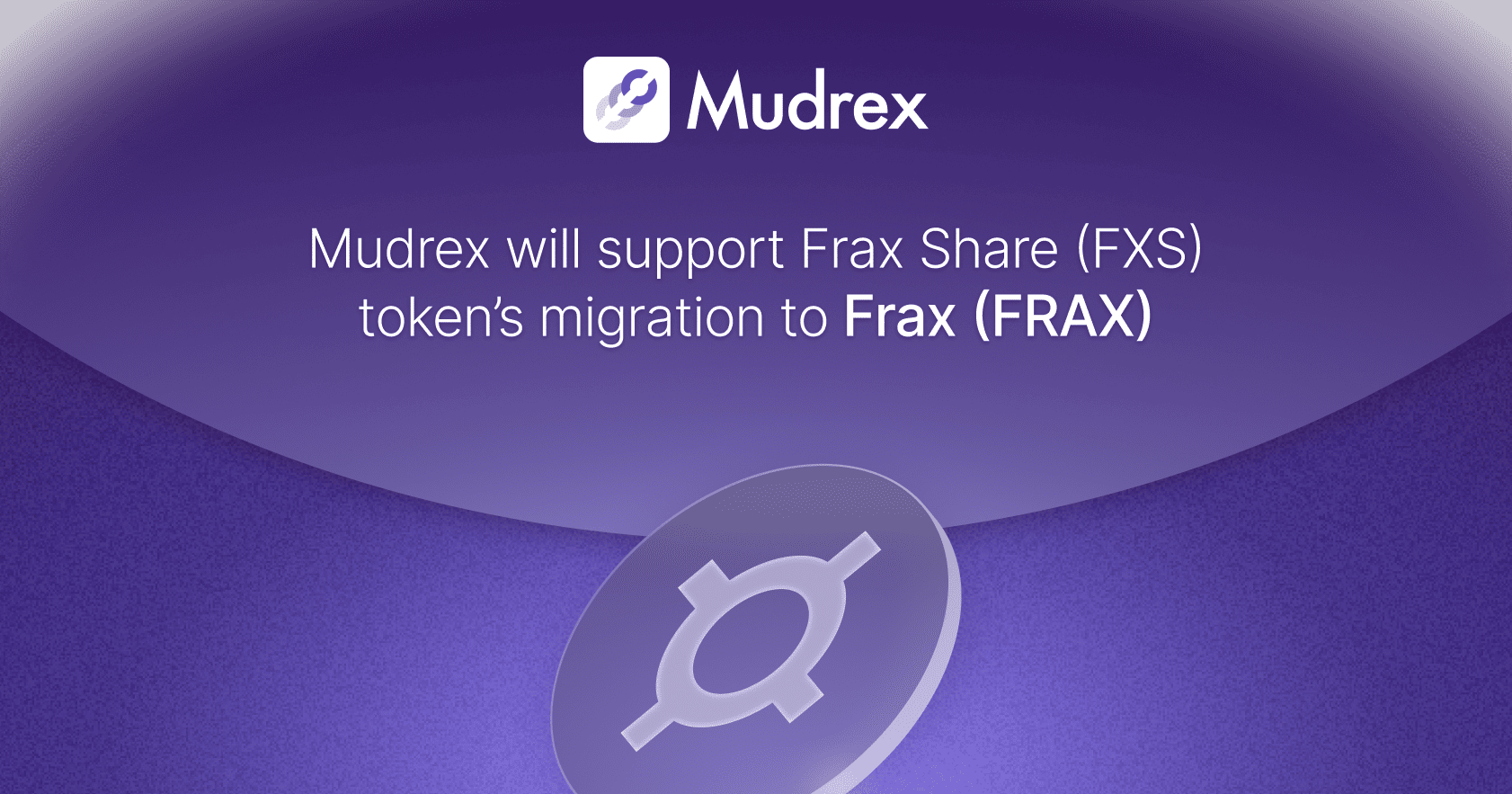Arbitrum Aftermath
On March 23rd, Arbitrum, a leading layer-2 blockchain, with over 55% of the market share launched its native governance token, ARB. The airdrop was highly anticipated. So much so that on the day of the launch the Arbitrum website saw a server overload and the website crashed. There was also an ETH shortage owing to crypto bridges seeing insane traffic.
But, what happened post-launch? How did ARB’s price fare and where is it going? Let’s find out!
ARB price movements
Pre-launch, on March 19th, the price of ARB’s IOU token hit a high of $14, combined with a 24h trading volume of $8 million. An IOU (I owe you) token is a representation of the actual token. It depicts the value of the associated token in its absence/shortage. For example, 50 IOU tokens = 50 ARB after launch.
The ARB IOU tokens were used as a way to bet on the listing price of the ARB token.
However, these IOU token holders who bet big on ARB were in for a shock. ARB’s price fell steeply soon after its airdrop owing to a huge sell-off. Its price fell 90% to trade at a low of $1.07. Meanwhile, its trading volume exceeded $2.7 billion, quite a bit more than its market cap of $1.6 billion.
The current situation
Even though ARB’s price continues to float above the $1 mark, the TVL on the network has seen dramatic growth post-launch. In the past seven days, the total value locked on the network has grown by over 22%, with $2.18 billion locked in the network. Arbitrum is currently the fourth-largest blockchain in terms of TVL. It only sits behind Ethereum, Tron, and BNB Chain. Meanwhile, Arbitrum ranks 37th in terms of market cap at the time of writing.
Currently, most ARB tokens are held by Ethereum whales, who aped into Arbitrum because of the hype. Retail investors holding ARB remain few.
In the last 24 hours, ARB has registered gains of over 10%. It seems likely that the selling pressure that followed the airdrop has subsided. Moreover, activity on the network continues to surge, with the layer-2 network processing 2.7 times more transactions than even the Ethereum network since the airdrop.
The way forward
ARB has received a lot of hype on social media. And a lot of the noise surrounding the token claims that it will hit $100 in the next bull run and make early investors millionaires.
While seeing exponential growth in a short period is not a new thing in the world of cryptocurrencies, ARB’s current price is $1.26. The token would have to gain 8,100% to get to $100. And if it did achieve this feat, its diluted market cap would be over $1 trillion. The diluted market cap of a token is its price multiplied by its total supply. And while only 1.275 billion ARB tokens are currently in circulation, its total supply lies at 10 billion.
To put this in context, Bitcoin’s current market cap is just over $568 billion. The crypto market would have to see the bull run of a lifetime for ARB to get to $100 within one cycle.
Polygon’s zkEVM launch
On March 27th, Polygon launched its zkEVM on the mainnet, making it available to the public for the first time. A zkEVM is an innovative technology that ensures the legitimacy of transactions by requiring both parties in the transaction to prove that their end of the transaction was not fraudulent without requiring any additional personal details. But how will this help the Ethereum network?
What does the zkEVM launch change on Ethereum?
The Polygon zkEVM launch promises to significantly reduce transaction settlement times on the Ethereum network and also increase the rate at which smart contracts are deployed. This is achieved by batching transactions on layer-2 platforms. Thus, transactions can be settled off-chain while only the proof of these transactions being legit is added to the Ethereum mainnet. This prevents the Ethereum blockchain from becoming clogged by activity.
This improves scalability on Ethereum by a big margin. Polygon’s co-founder, Mihailo Bjelic, added that it also offers a high level of security along with increased speed. He also stated that users must be cautious while experimenting with the bleeding edge technology and that moving large amounts of funds on it right now is not advisable.
This is not to say the launch is riddled with bugs. The technology has been comprehensively tested, and many bugs have been removed since its testnet launch in October. But it will still need time to mature and become a fully trustable entity.
MATIC price movement following launch
The launch of the Polygon zkEVM was expected to provide a boost to MATIC. But the reality has been quite the contrast to expectations. MATIC has failed to break above the $1.2 mark, which has proven to be the key resistance.
This can be attributed to investors largely lacking major interest in altcoins, with Bitcoin hogging the limelight among investors in the market lately.
The way forward
MATIC’s next support level lies at the $0.8 mark, and it’s safely above it for now. If it manages to break the $1.2 resistance level, prices can rise quickly toward the next resistance level at $1.5. MATIC has largely seen only horizontal movement recently. And while metrics show that in the last seven days, active addresses on the Polygon network have increased, the trading volume of MATIC has reduced since the zkEVM launch. So while more users are actively interacting with the network, its token hasn’t profited from the rise in interest.
Moreover, technical indicators point towards bearish sentiments being prevalent in the market. Therefore, the bulls must push MATIC above the $1.2 mark for it to gain some upward momentum.




